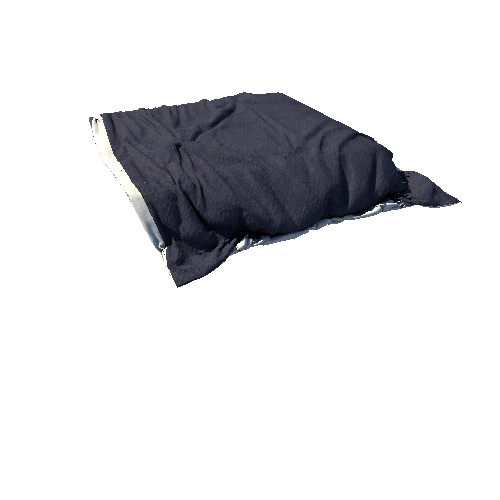Select or drop a image or 3D model here to search.
We support JPG, JPEG, PNG, GIF, WEBP, GLB, OBJ, STL, FBX. More formats will be added in the future.
Asset Overview
a mausoleum of the Turco-Mongol conqueror Timur (also known as Tamerlane) in Samarkand, Uzbekistan. Gur-e Amir is Persian for "Tomb of the King". This architectural complex with its azure dome contains the tombs of Tamerlane, his sons Shah Rukh and Miran Shah and grandsons Ulugh Beg and Muhammad Sultan.
The earliest part of the complex was built at the end of the 14th century by the orders of Muhammad Sultan. Now only the foundations of the madrasah and khanaka, the entrance portal and a part of one of four minarets remains.
Samarqand, is a city in southeastern Uzbekistan and among the oldest continuously inhabited cities in Central Asia. Prospering from its location on the Silk Road between China and Europe, at times Samarkand was one of the largest cities of Central Asia. The city was conquered by Alexander the Great in 329 BCE.
3D model made in Reality Capture using 317 FARO Focus3D, Z&F, and Leica RTC 360 scan positions and 14,576 images.





